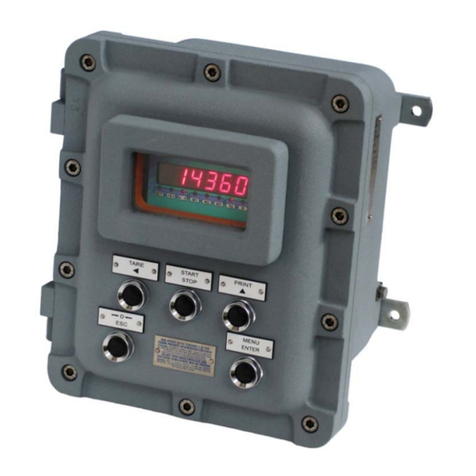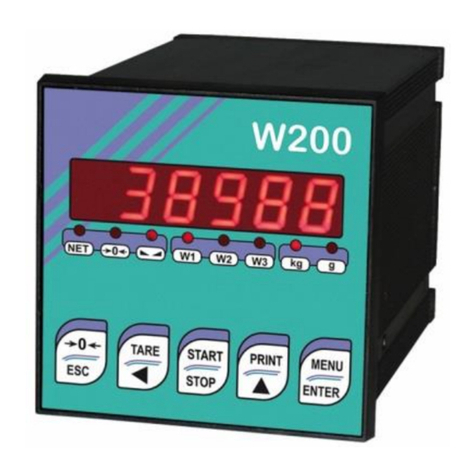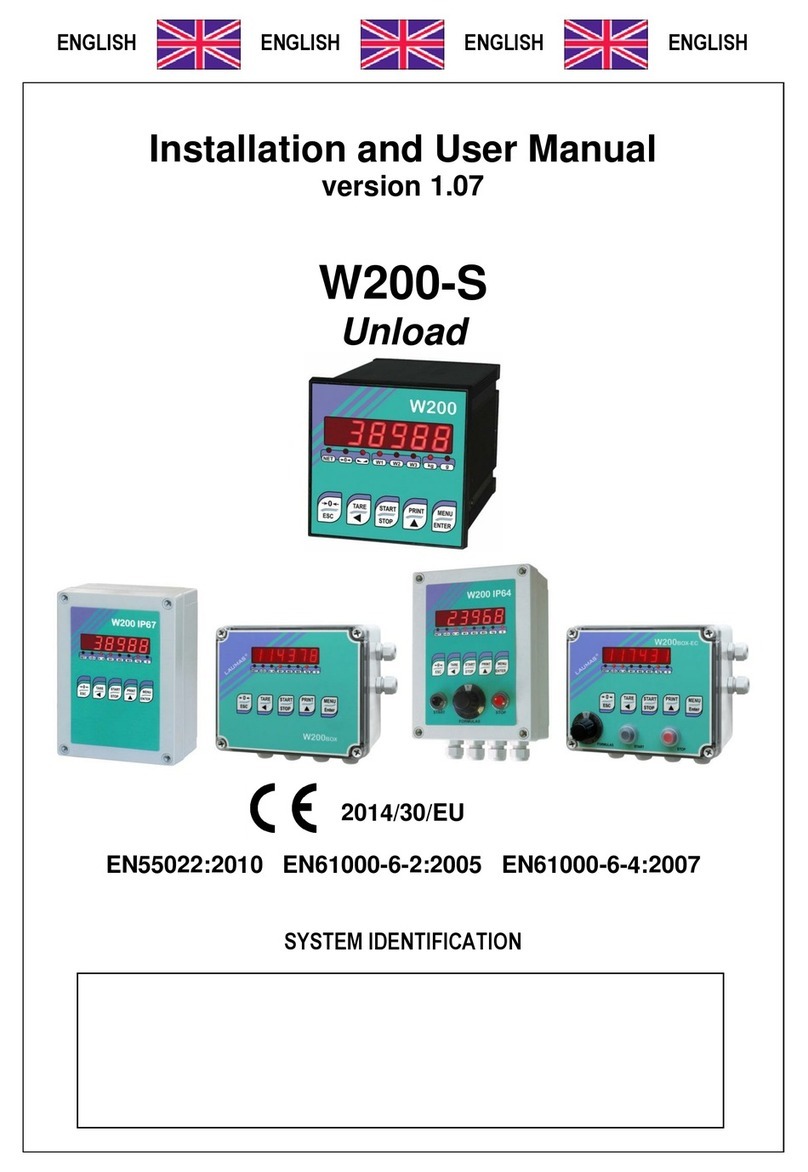
TABLE OF CONTENTS
USER WARNINGS ................................................................................................................... 1
RECOMMENDATIONS FOR CORRECT INSTALLATION OF WEIGHING INSTRUMENTS .1
RECOMMENDATIONS FOR CORRECT INSTALLATION OF THE LOAD CELLS................1
LOAD CELL INPUT TEST (QUICK ACCESS) .......................................................................... 3
LOAD CELL TESTING............................................................................................................... 3
MAIN SPECIFICATIONS OF THE INSTRUMENT...................................................................4
TECHNICAL SPECIFICATIONS .............................................................................................. 5
ELECTRICAL CONNECTIONS................................................................................................6
BASIC INFORMATION............................................................................................................... 6
WIRING DIAGRAM..................................................................................................................... 6
LED AND KEY FUNCTION ......................................................................................................7
MENU MAP ..............................................................................................................................8
SETPOINT .................................................................................................................................. 8
SYSTEM PARAMETERS ........................................................................................................... 8
INSTRUMENT COMMISSIONING............................................................................................9
PROGRAMMING OF SYSTEM PARAMETERS....................................................................10
THEORETICAL CALIBRATION............................................................................................... 10
MAXIMUM CAPACITY......................................................................................................................11
TARE WEIGHT ZERO SETTING......................................................................................................11
ZERO VALUE MANUAL ENTRY......................................................................................................11
REAL CALIBRATION (WITH SAMPLE WEIGHTS) ................................................................ 12
FILTER ON THE WEIGHT ....................................................................................................... 13
ZERO PARAMETERS.............................................................................................................. 13
RESETTABLE WEIGHT SETTING FOR SMALL WEIGHT CHANGES..........................................13
AUTOMATIC ZERO SETTING AT POWER-ON .............................................................................. 14
ZERO TRACKING.............................................................................................................................14
SETTING UNITS OF MEASURE.............................................................................................. 14
SEMI-AUTOMATIC TARE (NET/GROSS) ............................................................................... 14
PRESET TARE (SUBTRACTIVE TARE DEVICE)................................................................... 15
SEMI-AUTOMATIC ZERO (WEIGHT ZERO-SETTING FOR SMALL VARIATIONS) ............ 15
ANALOG OUTPUT (TLUANA) ................................................................................................ 16
SERIAL COMMUNICATION SETTING.................................................................................... 17
RS232 SERIAL COMMUNICATION.................................................................................................18
RS485 SERIAL COMMUNICATION.................................................................................................18
DIRECT CONNECTION BETWEEN RS485 AND RS232 WITHOUT CONVERTER ......................19
TEST......................................................................................................................................... 19
SETPOINT PROGRAMMING.................................................................................................20
ALARMS.................................................................................................................................21
CONTINUOUS WEIGHT TRANSMISSION TO REMOTE DISPLAYS PROTOCOL ............. 22


































